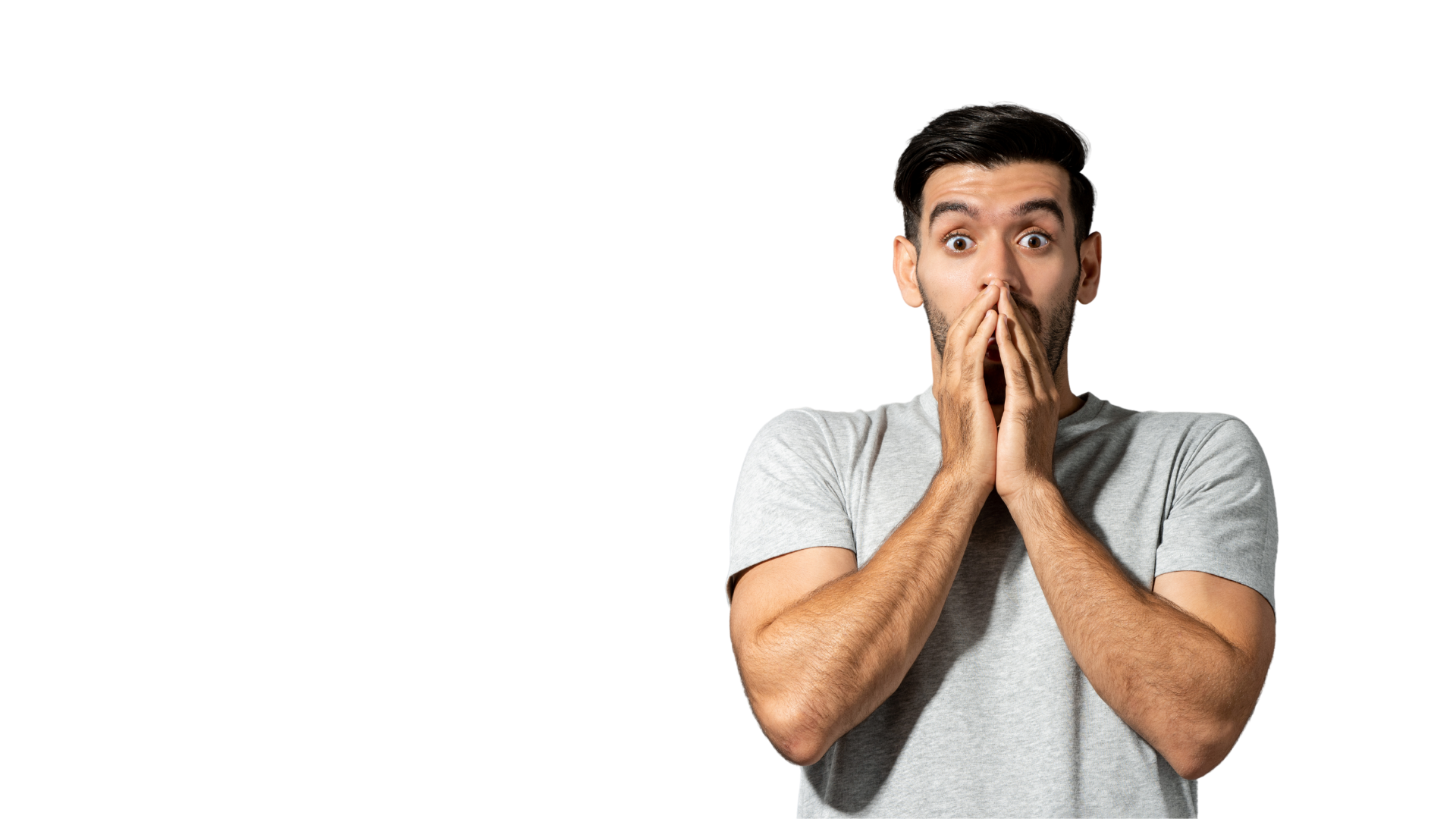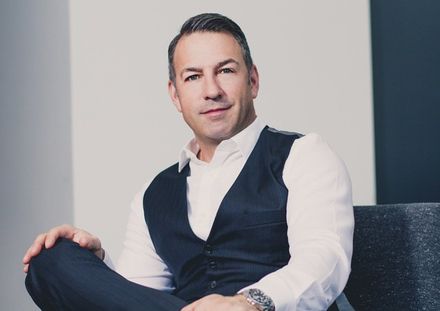Understanding mortgage financing can be difficult, but it doesn't have to be.
Here's the plan!
Get started right away
The best place to start is to connect with me directly. The mortgage process is personal. I'm committed to listen to all your needs, assess your financial situation, and provide you with a clear plan forward.
Get a clear plan
Sorting through all the different mortgage lenders, rates, terms, and features can be overwhelming. Let me cut through the noise, I'll outline the best mortgage products available with your needs in mind.
Let me handle the details
When it's time for arranging your mortgage, trust that I will make it happen. I'll make sure you know exactly where you stand at all times. No surprises. I've got you covered.
Everything you need, all in one place
As a trusted mortgage provider, I can help you with the following:
- Home Purchase
- Mortgage Refinance
- Mortgage Renewals
- First Time Home Buyers
When it comes to choosing the right mortgage financing, I’m committed to enhancing your overall experience. I have been working as a mortgage professional since 2006 and have helped many families achieve the goal of homeownership. My understanding of, and expertise in handling mortgage financing allows me to provide clients with the knowledge and tools necessary to make educated decisions to determine the best mortgage solution to fit the specific needs of each client.
I’m an accredited mortgage professional working with Xeva Mortgage, a brokerage who is proudly affiliated with the Verico Broker Network. This means that I have access to the very best mortgage products with all the Canadian broker channel lenders. Rather than dealing with a single institution, when you work with me, I provide you with access to an incredible range of mortgage products. This ensures we will find the mortgage that best suits your needs.
The majority of my business is either working with repeat clients, or making new relationships with referrals from my existing clients. If we have worked together in the past, or someone you know has told you to contact me for mortgage financing, please contact me anytime!
If you're ready to get started, go ahead
and begin with an application.
Mortgage Articles



WORKING TOGETHER TO MAKE A DIFFERENCE!
Each quarter we donate $10,000 to a worthy cause.








